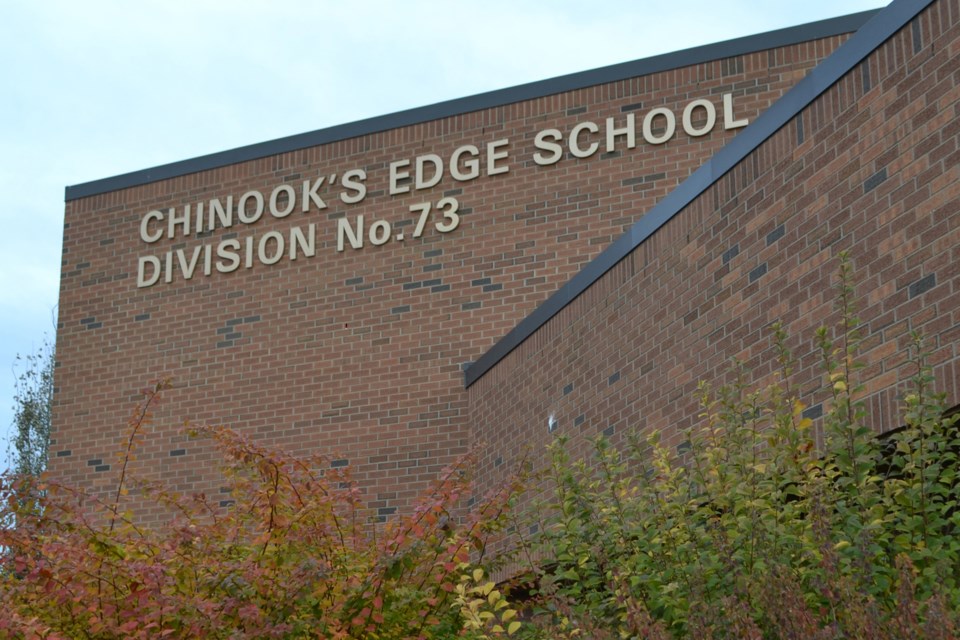INNISFAIL - With the 2022-23 school year now in its second month, work to implement Phase 1 of the new provincial curriculum is proceeding on schedule in Chinook’s Edge School Division (CESD) and Red Deer Catholic Regional Schools (RDCRS), say officials.
The math and language arts portion of the new curriculum is being implemented in K-3, while a new physical education and wellness curriculum is being rolled out in K-6.
In anticipation of the new curriculum, CESD has trained teacher leaders to spearhead the implementation in individual schools, says Jason Drent, associate superintendent of learning services in the 11,053-student division.
“We have restructured our support for our teachers, and in particularly our PLCs (professional learning communities) at the K-3 level really to focus on support for our teachers, but also to enhance the collaboration between teachers throughout our district,” Drent told the Albertan.
“The second piece to that is each school has a lead teacher who comes to collaborative meetings (which will take place four times per school year) where the focus will be on the implementation of our new curriculum.
“Specifically the vast majority of our work is ELA (English Language Arts) and mathematics for that K-3 group, because in Chinook’s Edge that’s mandatory implementation and in the K-6 for physical education and wellness.”
Asked if the implementation to date has gone as planned, he said yes.
“I think the number one reason for that is we are ensuring we have support in all of our schools for those lead teachers,” he said. “It is much more effective and efficient to bring in individual leads from each school and then have them support the work directly. That’s worked out really, really well.”
The division is “really looking at what resources can help support the instruction,” he added. “There are particular resources to help this curriculum, and ELA in particular, really focused on the science of reading. With that in mind, we are really to trying to make sure our teachers receive the professional development to really adequately more that forward.”
Implementation of the new curriculum is also well underway in 10,480-student RDCRS with the division using a measured approach that considers the demands placed on, and needs of, teachers and students as they move forward with this process, said Ryan Sawula, associate superintendent of curriculum.
“We believe strongly that classroom teachers are the instructional experts and implementing a plan to ensure this expertise is the strongest voice in our curriculum implementation. We will continue to focus on a measured collaborative approach that fosters innovation in our classrooms,” Sawula said in a press release.
“The division’s elementary schools are aware that their key priority within their school improvement planning this year is new curriculum implementation, which allows them to narrow their focus and utilize professional development and collaborative time to support teachers with their implementation work.”
School leadership teams are working together on implementation plans and share strategies and best practices, he said.
“Schools have also been provided the funds allocated from Alberta Education for curriculum implementation, professional development and collaboration, and have developed strong launch events to introduce the new curriculum and establish safe risk-taking environments for collaborating and examining instructional practices,” he said.
In addition to the mandatory implementation of subject areas, RDCRS also has several teachers participating in the optional piloting of the next phase of the new curriculum.
“There are seven teachers choosing optional implementation for English Language Arts and Literature in Grades 4 to 6 and four teachers in Grades 4 to 5 Mathematics, four teachers in Grade 4 Science, three in Grade 5 Science, and one teacher piloting the Grade 6 French Immersion Language Arts,” he said.



